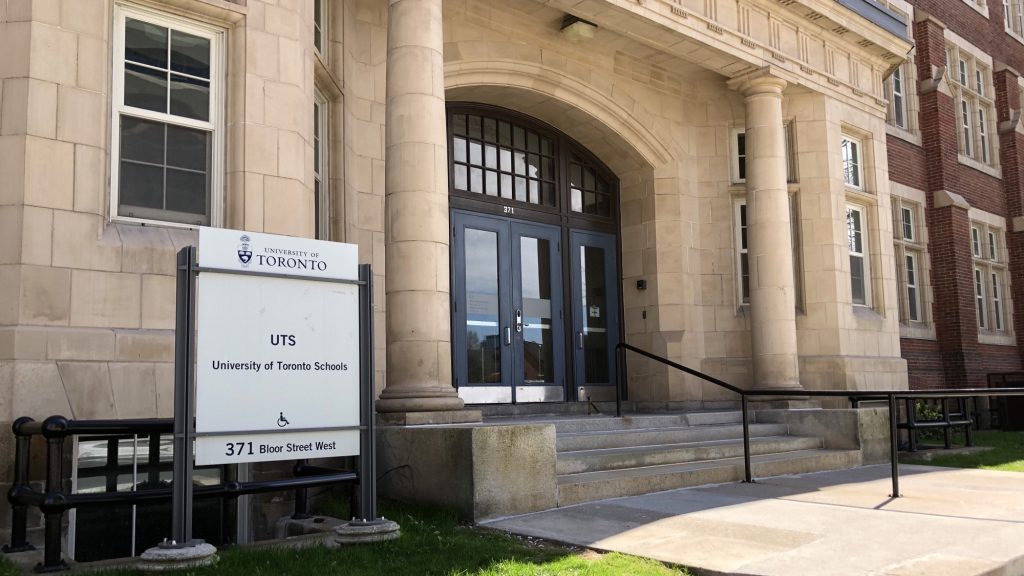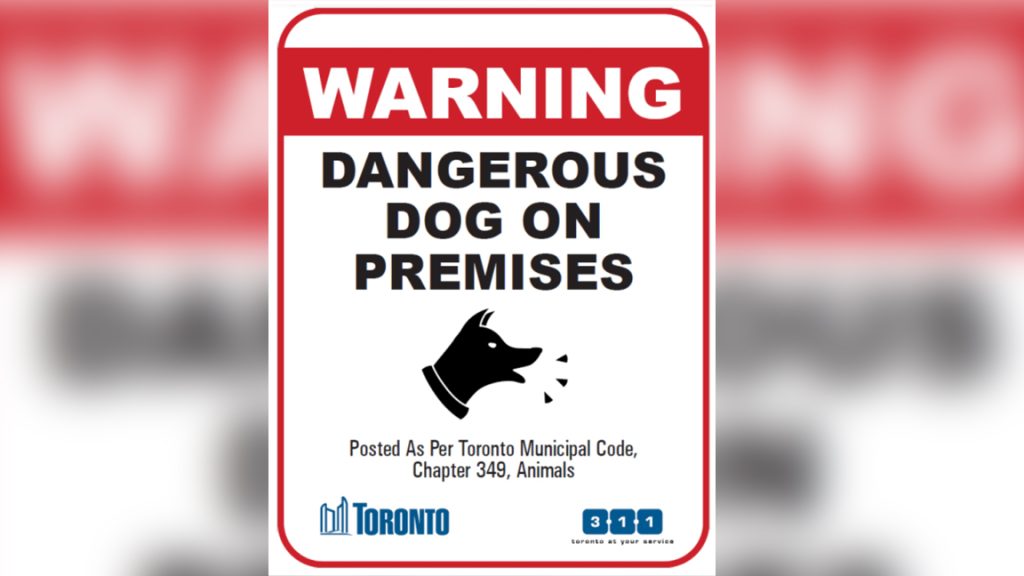5 things to know about liposarcoma
Posted September 17, 2014 6:30 pm.
This article is more than 5 years old.
Toronto Mayor Rob Ford was diagnosed Wednesday with malignant liposarcoma found in soft tissue in his abdomen and he will begin chemotherapy within 48 hours to treat the rare and aggressive form of cancer.
Mount Sinai’s Dr. Zane Cohen is overseeing the clinical care team looking after Ford. The colorectal surgeon said the diagnosis was made using a second biopsy done on Monday after the initial one last week didn’t yield sufficient material to make a conclusive diagnosis. The tumour has 60 different cell types and that’s what makes it a rare and difficult tumour, he said.
BIOLOGY: Liposarcoma is a cancer of the soft tissues of the body and not found in organs. Soft tissue includes muscles, tendons, connective tissues, fat, blood vessels, nerves and joint tissue. The cause of this type of cancer isn’t known.
STATS: This is a rare cancer, making up only about one per cent of all cancers, according to Dr. Cohen. Cohen said he could not give an estimate of the percentage of people with this cancer who survive five years, the standard benchmark for cancer survival. In 2010, 1,175 Canadians were diagnosed with soft-tissue sarcoma; about 470 died of the disease in 2009, according to the Canadian Cancer Society, which cited the most recent years for which statistics are available.
DETECTION: There would be no detectable symptoms early in the growth of this cancer. As it expands, though, it can push aside normal body structures and that can cause symptoms. Ford’s main abdominal tumour was estimated to be about 12 centimetres by 12 centimetres, which was described as relatively large. When these tumours develop in the abdomen, as Ford’s has, they can eventually cause abdominal pain, vomiting and constipation. Doctors also found a secondary tumour, a small nodule about two centimetres in the buttock behind Ford’s left hip.
TREATABILITY: Cohen said Ford’s doctors were optimistic about his prognosis.
TREATMENT: The first tool that will be used is chemotherapy. Ford will receive three days of drugs, followed by 18 days off and then the cycle will be repeated. Doctors will then assess the tumour’s response to the drugs by medical imaging. Cohen said surgery and/or radiation may also be used.
“We’re looking at fairly intense chemo therapeutic agents that we hope will shrink the size of the tumour,” Dr. Cohen said.










